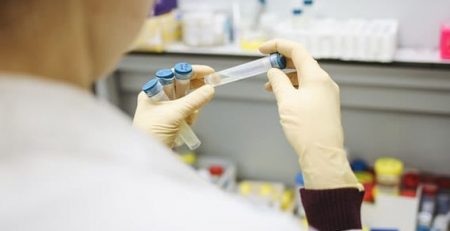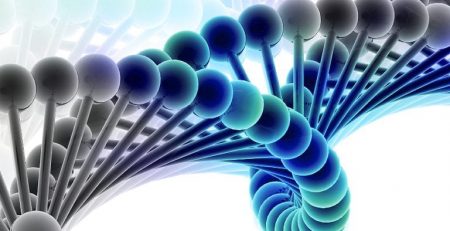Researchers Replicate a Full Menstrual Cycle in a Dish
For the first time, researchers have managed to replicate a full, 28-day menstrual cycle of the human female reporductive tract in a dish, IFLScience.com reports.
The study used five tissue types derived from both humans and mice – the fallopian tubes, endometrium, cervix, and liver tissues all came from humans, with only the ovary tissue coming from mice. “As the hormones estradiol and progesterone are identical in all species, there was not perceived to be an issue in mixing the tissue types used as the outcome should be the same regardless,” explained co-author Teresa Woodruff, to IFLScience.The pituitary hormone FSH is added to cultured tissues, that stimulate the follicle cells, causing them to secrete the necessary hormones that control the menstrual cycle.
They were about to keep the tissue samples viable for the 28 days it takes a full menstrual cycle to occur. While recording the changes that happened when different hormones were released, they found that the egg cells were produced in the ovary tissue, and the fallopian tube cillia changed “their beating exactly as happens in vivo.”
The team plans on using this menstrual replication to study new categories of contraceptives, and potentially specific cancers that are under the influence of hormones.














